Middlesbrough and Redcar Railway
Introduction
The railway built by this former railway company is open. This line extended the Middlesbrough Branch (Stockton and Darlington Railway) east to Redcar. Initially it ran close to the shoreline, but this was to change. Its route took it through an area which would become heavily industrialised with many iron and steel works and with branches running south to the Cleveland hills to reach iron ore mines. As a result the railway would be quadrupled and serve a considerable number of sidings.The last of these is the Lackenby Steel Works. Middlesbrough station is at the extreme west end, on the new line where the junction with the older branch was formed. Redcar [1st] station at the east end was closed in 1861 with the extension of the line on to Saltburn by the Saltburn Branch (Stockton and Darlington Railway).
Dates
Locations along the line
These locations are along the line.
This is a two platform station. The main station building is on the westbound platform. The platforms are canopied. On the south side of the line and to the west of the station is the signal box, and at the east end several carriage sidings.
...
See also
Middlesbrough Branch (Stockton and Darlington Railway)
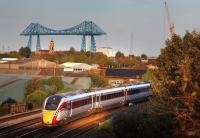
Network Rail 13/12/2021

Network Rail /11/2021

John Furnevel 01/08/1997

Ewan Crawford 20/03/2004
This junction is directly east of Middlesbrough station. It is the junction between the 1846 line east to Redcar Central (most of the line being the former Middlesbrough and Redcar Railway) and the 1853 branch line to Nunthorpe (the former Middlesbrough and Guisborough Railway, although Guisborough is no longer served).
...
See also
Middlesbrough and Guisborough Railway
...
More details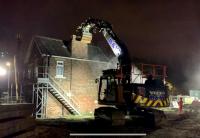
Network Rail 14/11/2021
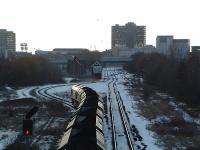
Ewan Crawford 29/02/2004
This was an island platform station on the two southern lines of the quadruple track line. The station building on the platform was canopied and the goods yard was to the south, approached from the east. Its opening led to Southbank station being renamed back to Eston [1st].
...
This is a minimal two platform station with staggered platforms. It replaced South Bank [1st], further to the west (which allowed the lines to be realigned through that station's site).
...
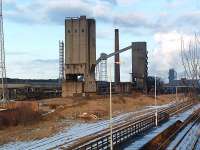
Ewan Crawford 29/02/2004
...
More detailsThis station was located just west of Eston Junction [1st], the junction between the Middlesbrough and Redcar Railway and the minerals only Eston Iron Mines (Teesside Ironworks). It is shown at the junction on the Ordnance Survey map dated survey 1853 and published 1857. The station building is shown on the north side of the line.
...
This was the junction between the Middlesbrough and Redcar Railway and the Eston Iron Mines (Teesside Ironworks).
...
This station was to the east of the Cleveland Steel Works on the southern two tracks of the four track line. It replaced Eston [1st] which was to the west of the Cleveland Steel Works. It was an island platform with station building at the west end and signal box at the east end. When the Lackenby Steel Works opened the station was at its west end.
...
...
More details...
More details...
More details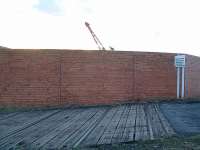
Ewan Crawford 29/02/2004
...
More details









